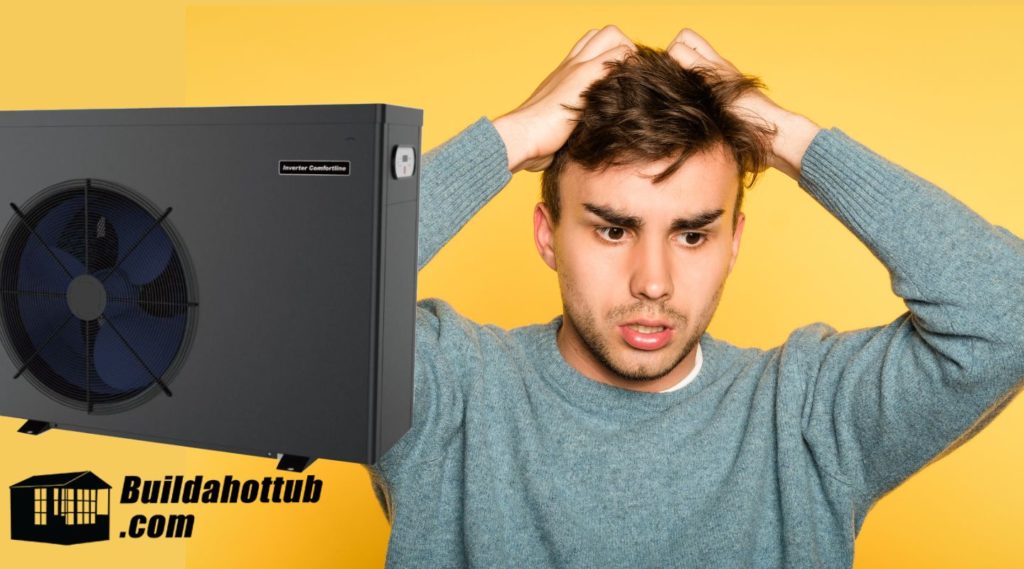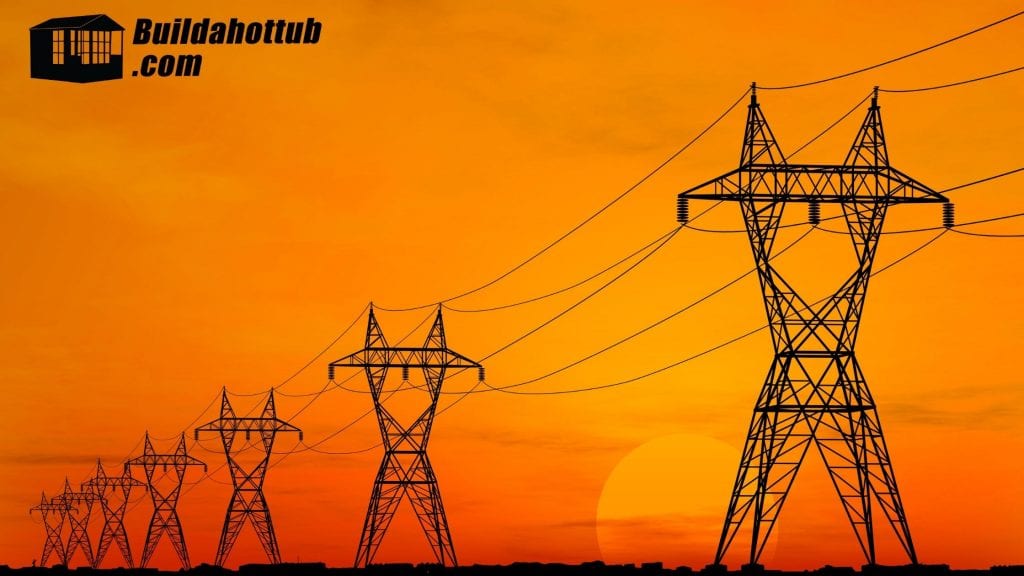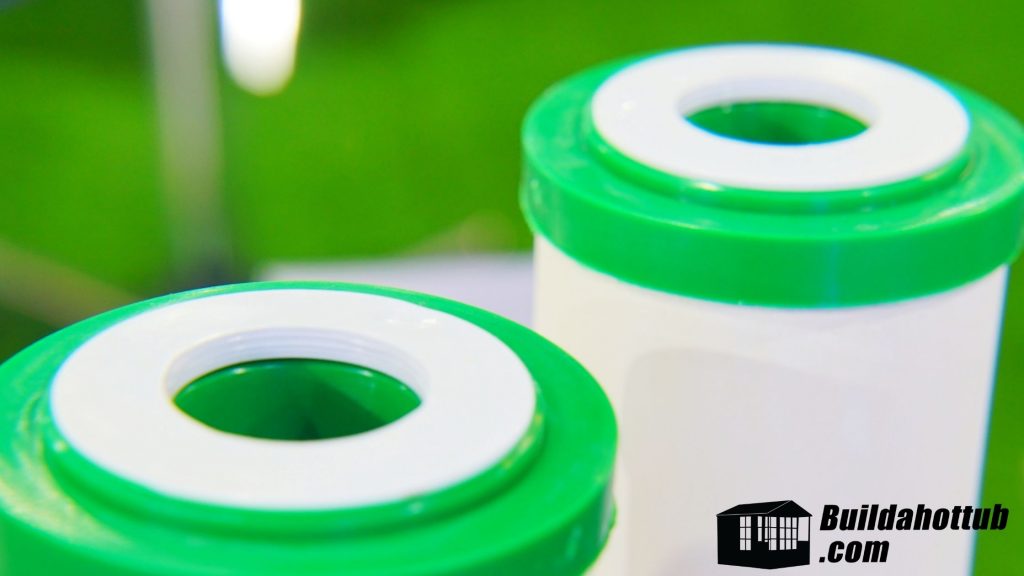Foam in Hot Tub water is a common problem. If you are lucky, it is not too difficult to get rid of the foam in your Hot Tub, and you can help prevent its recurrence by understanding why the foam formed in the first place.
If you’re wondering how to build a concrete hot tub pad, this step-by-step guide is the resource you’ve been looking for! There are many benefits of having a hot tub in your backyard. It is the perfect place to relax after a long day, and it can be used for entertaining guests as well.
Air Source Heat Pump not heating your Hot Tub? Read on. In this article I will cover some of the possible causes for this and hopefully, by the end of this article you will be able to resolve the problem yourself – without paying for someone to come out to take a look at it. Quite often, it is something simple.
The Hot Tub Cover – a simple necessity for our beloved Hot Tubs. They bear the brunt of the elements, whilst hopefully keeping the heat in so our tubs dont cost the Earth to run. So how do we keep them clean and properly maintained? In this post, we’ll explain just how to do that.
Hot Tub electrics is kind of essential. If you have opted to heat your Hot Tub with an electric heater, you are going to need electricity. Pretty obvious right? OK, but in most instances, it is not just a case of plugging into an outlet. You need to have a dedicated supply for your Hot Tub. But what does that look like? In this article, we’ll explain a bit more about the electrics and requirements for your Hot Tub.
t’s amazing how little consideration you’re likely to give your Hot Tub pump when it works correctly. Arguably, this is the most critical part of your Hot Tub. Without it, you have just got a really large bath in your backyard! As it operates, it circulates the water in your tub. First, through the filter to clean it, then the heater to heat it and then eventually back into the Tub through your jets as the pressure builds.
Watch as Patrick from Wisconsin takes relaxation to the next level with his ingenious DIY hot tub and cold plunge pool combo!
This isn’t your average weekend project – it’s a masterclass in backyard transformation.
In this video, you’ll see how Patrick has gotten started with his project and the current status quo.
Whether you’re a seasoned DIYer or just dream of having your own hot-cold therapy setup, this Wisconsin man’s determination will inspire you to take action on your own backyard dreams!
The ultimate hot-cold therapy setup doesn’t require professional installation or a massive budget – just some creativity, determination, and expert guidance from your’s truly.
Cartridge filters and sand filters are two of the most popular methods for filtering water in a hot tub. There is no right answer to whether you should use one or the other, but there are some important differences between them that you should be aware of before making your choice:










